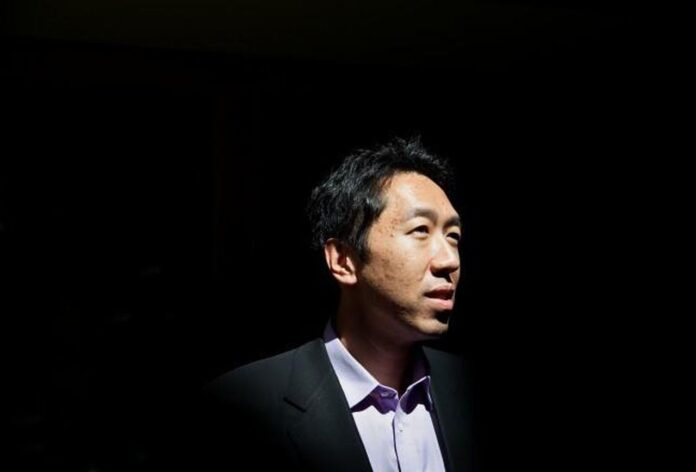
Shauli Zacks
Published on: April 14, 2025
From being personally hacked to building one of Bangladesh’s leading offensive security firms, Mohammed Muqeet Halim’s journey into cybersecurity is anything but ordinary. Fueled by a desire to help others avoid the same fate, Halim co-founded Beetles Cyber Security in 2017 alongside a team of elite ethical hackers. Their mission? To give organizations a realistic view of their vulnerabilities—not just through checklists or compliance reports, but through simulated attacks that mirror real-world adversaries. In this SafetyDetectives interview, Halim shares how Beetles is redefining penetration testing through a hacker-centric approach, what their proprietary CrowdSpark platform brings to the table, and what smart cybersecurity investments should look like in 2025.
Can you start by telling us a bit about your own background and what inspired you to launch Beetles Cyber Security?
My journey into this realm of offensive cyber security began with an incident that I faced myself. From being hacked myself, to answering the question “how can I make sure this doesn’t happen to someone else?”, I’ve developed a deep fascination for ethical hacking and how attackers think. As I researched further, I understood that even though many organizations were spending heavily on security products, they more often than not, lacked real visibility into how vulnerable they actually were. Most investments were done blindly, relying on compliance checklists and vendor suggestions, rather than understanding the real risk posture.
In 2017, I, along with some of the best whitehat hackers in Bangladesh, co-founded Beetles Cyber Security with a vision of building a company that could offer specialized offensive security services that were grounded in emulating the latest Techniques, Tactics, and Procedures (TTPs) of real hackers and simulate real-world attack scenarios. Our mission was to go beyond the traditional checklists and provide businesses with a more meaningful and data-driven insights into their cyber-posture, something that wasn’t available in the local market back then.
Beetles has built a reputation for offensive security services and its hacker-centric methodology. What’s the core mission behind the company, and how do you differentiate yourselves in such a competitive industry?
Since our inception, it has been our core mission to help organizations see their own systems through the eyes of an attacker, to put it simply. We aim to empower security teams and CISOs with actionable insights that go beyond automated or surface-level assessments.
What truly sets us apart is our singular and deep focus on adversarial simulations and red teaming assessments, led by our elite team of ethical hackers. We do not do “just the minimum” to ensure compliance, but go further to simulate real-world breaches and provide clients with clear paths to remediation.
Our proprietary Beetles Risk Rating (BRR) framework qualifies risk in terms of both business and technical impact, adding the extra layer of value that most firms do not offer.
Penetration testing is often seen as a checkbox activity—but you take a more data-driven, real-world approach. How do you help clients move beyond compliance and actually strengthen their security posture?
That is always challenging, but something that we need to tackle early on. From our point of view, penetration testing is a crucial necessity that most businesses do not understand yet. For us, penetration testing isn’t a one-time event, it is more of a strategic tool. At the end of the assessment, our clients receive not just a list of vulnerabilities, but a clear, prioritized, remediation plan that ties directly into their business objectives. We offer complimentary patch validation retests and consultations to ensure that the fixed actually work. We empower our clients to transition from reactive compliance to proactive resilience.
Can you explain how your proprietary platform, CrowdSpark, enhances the penetration testing process for your clients? What gap were you trying to fill with this solution?
Back when we started, we found that the traditional penetration testing methods were extremely siloed, and clients had little visibility into their penetration testing engagements. At the end of it, we found that clients were often left with a PDF report, with no clarity on how to mange their remediation journey.
CrowdSpark was build to modernize the traditional penetration testing experience. It changes the backdated approach that traditional penetration testing brings. It is a PenTest-as-a-Service (PTaaS) service platform that allow our clients to collaborate with our security teams, track findings, request retests, control their penetration testing engagements from a singular dashboard. It bridges the gap between product owners and penetration testers, making our engagements transparent, dynamic and agile.
With cloud infrastructures becoming increasingly complex, what are the most common misconfigurations or vulnerabilities you’re seeing across cloud environments?
Complexity brings obscurity. The common issues we find are misconfigurations, mostly around identity and access management. Misconfigured roles, exposed buckets, and lack of proper network segregation are common issues we identify. We mostly see that logging and monitoring are either weak and misconfigured, or completely missing, which obviously makes a breach or incident detection incredibly difficult. The cloud offers incredible scalability, no doubt, but without proper controls, it also widens the attack surface significantly.
Finally, for organizations looking to invest more in cybersecurity in 2025, what practical steps would you recommend to ensure they’re not just spending more—but spending smart?
Know what you need to protect first. Understand your actual exposure, risk posture and landscape. Conduct proper threat assessments, regularly, to know where your are exposed and weak, especially on your crown jewels. Once you have clarity and visibility, you can invest, smartly, in controls that protect those assets specifically. Secondly, always validate your defensive solutions, tools, processes and controls through offensive security testing, because what you don’t test, you can’t trust!
One thing I see too regularly, and I always address this, don’t chase trends, focus on fundamentals and measurable outcomes.

